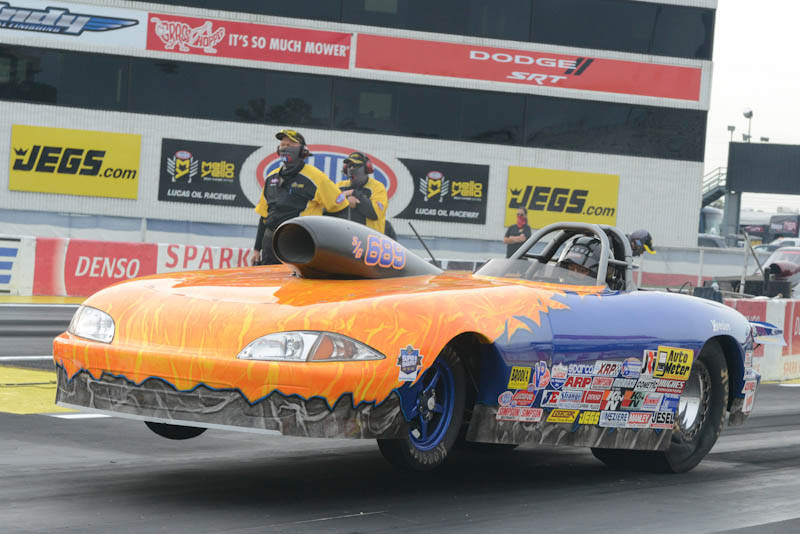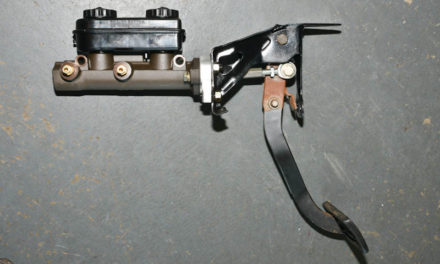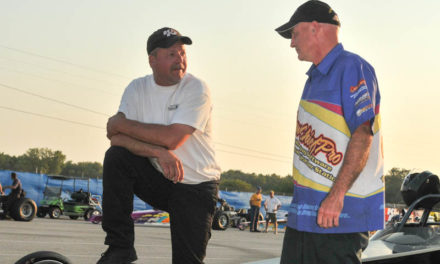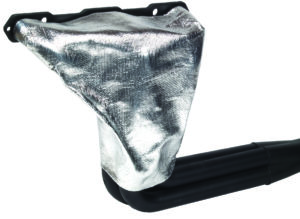
SG VS. ANY OTHER CLASS

Here’s a question I’ve been getting asked lately: Why does it appear as if the Super Gas class entries are waning? Before we get too far, is that question even valid? I certainly have some sort of affinity for the class as it was where I won my first national event back in ’84.
As a point of reference, I went back and researched the last 11 national event entry lists in relationship to the actual quoted values. In case you didn’t realize (which I think you do) there is a limit (quota) placed on NHRA national event sportsman entries. It’s also easy to see how many cars entered (or ran the event) versus the quota.
In the case of the Super Comp class; primarily dragsters; the difference between the two numbers is seven-percent less entered cars versus the quota. And bear in mind, we’re only talking national events. For Super Gas, that number increases to 16-percent less entries than the quota. Conversely, the Stock Eliminator field for those same 11 events dropped to nine-percent less than the quota.
It’s reported that on a divisional level (Lucas Oil Drag Racing Series) somewhat of the same is happening. One NHRA Division Director reports that SG cars used to be one-dimensional and that may be the reasoning along with the cost versus building a dragster.
On a local basis where there are open-type races; circuits if you will; that are Super Gas/Super Comp specific, those also show a decrease in SG cars versus SC.
First, why? Second, should it cause a concern? And third; and maybe most important question; how can it be rectified?
“Maybe it’s the expense of the type car,” says Iggie Boicesco. “It may be that a guy who wants a door-type car and can afford it, will build one to race in the Top Sportsman class.”
It’s often been thought that a Super Gas car is a one-class car in that there isn’t much else you can do with it. “If you look at a dragster,” says Moroso Performance’s Scott Hall, “you can run Super Comp, brackets or even Top Dragster. If you want to build the ultimate Super Gas car, you build a roadster for ease of visibility. Chances are you can run it in brackets, but you can’t run the Top Sportsman class with a roadster, so it limits you somewhat. And if you’re going to spend 50-75-grand to build a car, you ‘d like to be able to get the most use out of it. It’s just that Super Gas cars are so specific.”

What it may come down to is that you just may be limited in what you can do with the car. However, I point out that in recent years, the increase in door car-only events will enable you to bracket race as well. Some of the high-dollar bracket races which used to be somewhat dragster specific; sort of like in the case of a door car, bringing a knife to a gun fight; those too will usually run the door cars separate from the dragsters for at least a couple of rounds, and we’re starting to see more door cars in big dollar final rounds. But I do agree it is limited.
So is Super Gas dying? No. Absolutely not. Although not any more than any other class may be losing competitors. The problem may well be that drag racing itself has become very splintered. In the early days of the sport, you only had a limited number of classes you could race. Today, we have so many different associations, classes, etc., that if you were to look at it in the case there may be only 10,000 competitors (and there really is way more than that), when you only have; let’s say; five different places to race, today you have maybe dozens. What happens is each place may look dim, but in reality, the sport itself is just as strong.
What’s your thoughts?







